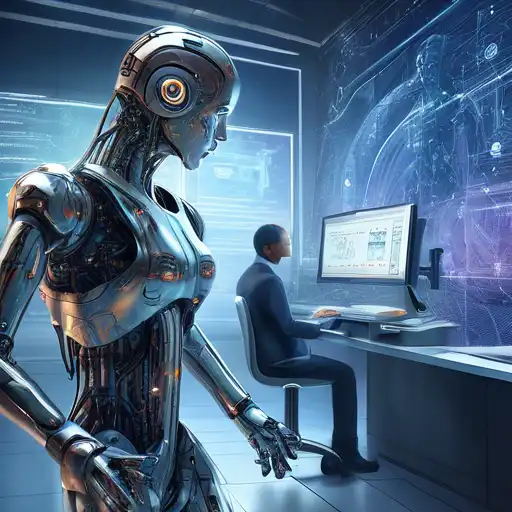Introduction to AI and Machine Learning
In the rapidly evolving world of technology, the terms Artificial Intelligence (AI) and Machine Learning (ML) are often used interchangeably. However, they represent distinct concepts with unique applications and implications. This article delves into the differences between AI and ML, shedding light on their individual roles in the tech landscape.
What is Artificial Intelligence?
Artificial Intelligence is a broad field of computer science focused on creating systems capable of performing tasks that typically require human intelligence. These tasks include problem-solving, understanding natural language, recognizing patterns, and making decisions. AI can be categorized into two types: narrow AI, which is designed for specific tasks, and general AI, which can perform any intellectual task that a human can.
What is Machine Learning?
Machine Learning, a subset of AI, involves the development of algorithms that allow computers to learn from and make predictions or decisions based on data. Unlike traditional programming, where humans explicitly code the behavior, ML systems improve their performance as they are exposed to more data over time. ML is further divided into supervised learning, unsupervised learning, and reinforcement learning.
Key Differences Between AI and ML
- Scope: AI encompasses a wider range of technologies aimed at simulating human intelligence, while ML focuses specifically on enabling machines to learn from data.
- Functionality: AI systems are designed to perform tasks autonomously, whereas ML systems require data to learn and improve.
- Applications: AI is used in robotics, natural language processing, and more, while ML is commonly applied in data analysis, predictive modeling, and recommendation systems.
How AI and ML Work Together
Despite their differences, AI and ML often work in tandem to create sophisticated systems. For instance, an AI-powered chatbot may use ML to understand and respond to user queries more effectively over time. This synergy is driving innovations across industries, from healthcare to finance.
Future Trends in AI and ML
The future of AI and ML is promising, with advancements in deep learning, neural networks, and quantum computing paving the way for more intelligent and efficient systems. As these technologies continue to evolve, they will play a pivotal role in solving complex global challenges.
For those interested in diving deeper into the world of AI and ML, exploring data science and emerging tech trends can provide valuable insights.
In conclusion, while AI and ML are closely related, they serve different purposes within the realm of computer science. Understanding these differences is crucial for anyone looking to navigate the future of technology effectively.
